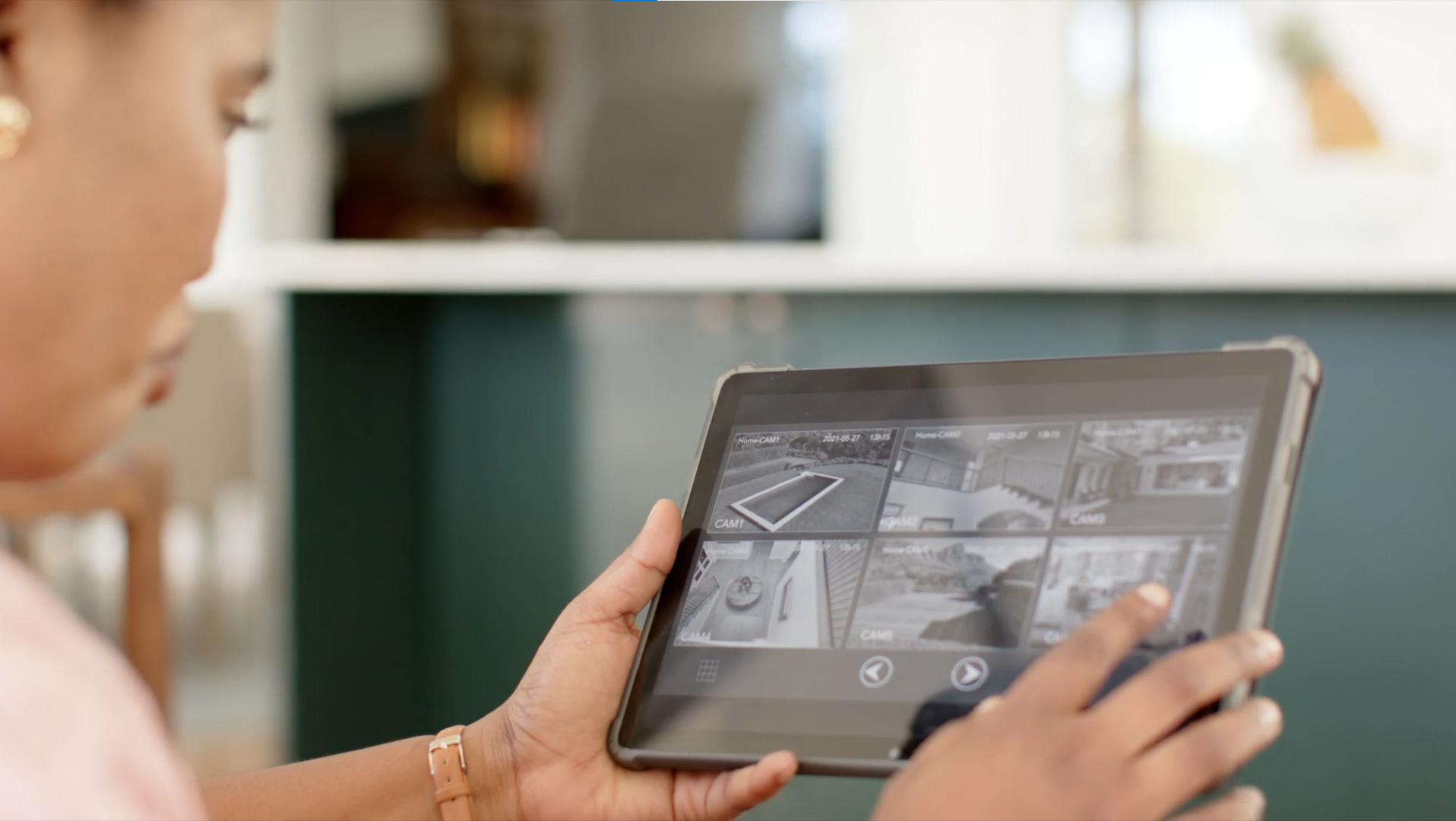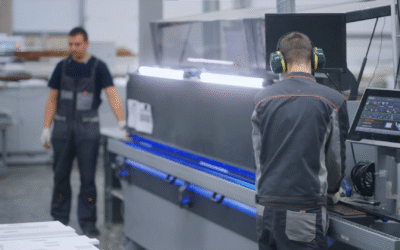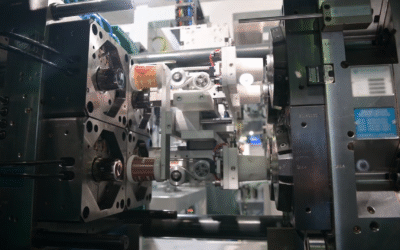Case Study: IoT Digital Twin for Construction—Optimizing Smart Building Management Systems
Introduction
Modern commercial buildings demand sophisticated automation systems to improve energy efficiency, occupant comfort, security, and operational costs. Integrating smart home technologies at scale requires real-time monitoring, intelligent control, and predictive maintenance. The implementation of IoT Digital Twin for Construction empowers building managers with virtual replicas of physical systems, enabling enhanced visibility and smarter decision-making.
This case study focuses on the deployment of IoT Digital Twin technology in a commercial office building’s HVAC (Heating, Ventilation, and Air Conditioning) and lighting systems to optimize energy use and occupant comfort.
Challenges in IoT Digital Twin for Construction
- High energy consumption from HVAC and lighting systems.
- Difficulty in maintaining optimal indoor air quality and temperature.
- Limited real-time visibility into system performance and faults.
- Managing complex systems with multiple subsystems and vendors.
- Need for predictive maintenance to avoid costly downtime.
Process of IoT in Commercial Building Automation
- Sensing (Data Collection)
IoT sensors were deployed throughout the building to monitor temperature, humidity, occupancy, CO2 levels, lighting intensity, and energy consumption of HVAC units and lighting fixtures. These sensors continuously feed data into the IoT Digital Twin for Construction to represent the real environment accurately.
- Transmission (Data Transfer)
Collected data was transmitted via secure building-wide wireless mesh networks and wired connections to edge gateways. These gateways aggregate data and send it securely to cloud platforms for advanced processing and storage.
- Data Processing (Edge or Cloud Computing)
Edge computing handled immediate local control tasks such as adjusting HVAC airflow based on occupancy. Cloud computing was used for deep analytics, historical data comparison, and AI-driven optimization of system schedules and maintenance planning.
- Data Storage
All sensor data, control commands, and event logs were stored in cloud databases, ensuring data integrity, accessibility, and long-term analysis capabilities within the IoT Digital Twin for Construction ecosystem.
- Data Analysis (AI/ML Integration)
Machine learning models analyzed patterns in occupancy, energy use, and equipment performance to predict faults, optimize HVAC and lighting schedules, and suggest energy-saving adjustments while maintaining occupant comfort.
- Decision Making / Action Execution
Based on AI insights, automated decisions were executed to adjust HVAC temperature setpoints, modulate lighting levels, or trigger maintenance alerts. Human operators could override or fine-tune settings via intuitive interfaces.
- User Interface
Facility managers accessed a unified dashboard displaying real-time system status, energy consumption, indoor environmental quality metrics, and maintenance alerts. This interface provided actionable insights for proactive building management.
- Digital Twin Interface (Remote Monitoring & Control)
The digital twin created a dynamic 3D model of the building’s automation systems, allowing remote visualization, simulation of system adjustments, and predictive maintenance scheduling without disrupting physical operations.
Results and Impact
| Metric | Before Implementation | After Implementation |
| Energy Consumption (kWh/month) | 150,000 | 110,000 |
| HVAC System Faults (per month) | 15 | 4 |
| Occupant Comfort Complaints (%) | 12 | 3 |
| Maintenance Costs ($/year) | 75,000 | 40,000 |
| System Downtime (hours/year) | 40 | 12 |
- Energy consumption reduced by 27% through optimized HVAC and lighting operations.
- Significant decrease in system faults and downtime due to predictive maintenance.
- Improved occupant comfort with real-time adjustments based on occupancy and environmental data.
- Lower maintenance costs by scheduling interventions before failures occur.
- Enhanced operational visibility and control enabling proactive management.
Benefits of IoT Digital Twin for Construction
- Optimized Energy Efficiency
Real-time data and AI-driven control reduce wasteful energy consumption while maintaining occupant comfort. - Improved System Reliability and Reduced Downtime
Predictive maintenance alerts prevent unexpected failures, ensuring smooth operation of HVAC and lighting systems. - Enhanced Occupant Comfort and Health
Continuous monitoring of indoor air quality and environmental parameters allows dynamic adjustments that improve well-being and productivity. - Centralized and Intuitive Management
Unified dashboards simplify complex building system management, improving operator efficiency. - Cost Savings
Reduced energy bills and maintenance expenses contribute directly to lower operational costs. - Scalability and Future-Proofing
The digital twin model supports integration of new systems and IoT devices, enabling smart building evolution.
Conclusion
The integration of IoT Digital Twin for Construction in smart building management systems creates a smarter, more efficient, and occupant-friendly environment. By leveraging continuous data collection, AI-powered analytics, and virtual simulation, building operators can optimize energy use, anticipate maintenance needs, and enhance occupant satisfaction. For more content, visit EFFE Technology.




